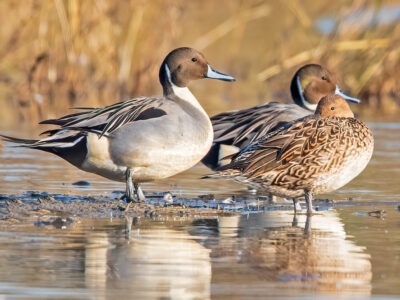California Waterfowl Association (CWA) is currently soliciting applications for the Rice Levee and Ag Corridors Program. This program is funded by the California Department of Fish and Wildlife, through the Nesting Bird Habitat Incentive Program, which allows private landowners to submit bids for the management of their internal rice levees or road edges for upland nesting bird species (Mallard, Gadwall and Pheasant). To participate in this program, rice levees and roads must be reconstructed or mowed before January 1st or left from previous growing season. Enrolled areas must be left undisturbed until July 15th.
To find out more about the program or to apply visit the California Waterfowl Association’s Website. Application must be submitted by December 1, 2024. Applications will be ranked and successful applicants will be notified by December 13, 2024.
Key Program Requirements:
- Rice levees must be reconstructed before January 1st or left from previous growing season.
- Road edges must be mowed before January 1st or left with vegetation from the summer.
- Road edges must at least 5 feet wide.
- Rice levees and road edges must be left undisturbed from January 1st until at least July 15th.
- Participating farmers must allow monitoring to document nesting activities.
- Bids must be submitted as a cost per linear foot.
- Landowners may be given flexibility if fields are unplanted in the spring.
For questions, please contact Jason Coslovich: 408-644-3525 or jcoslovich@calwaterfowl.org


